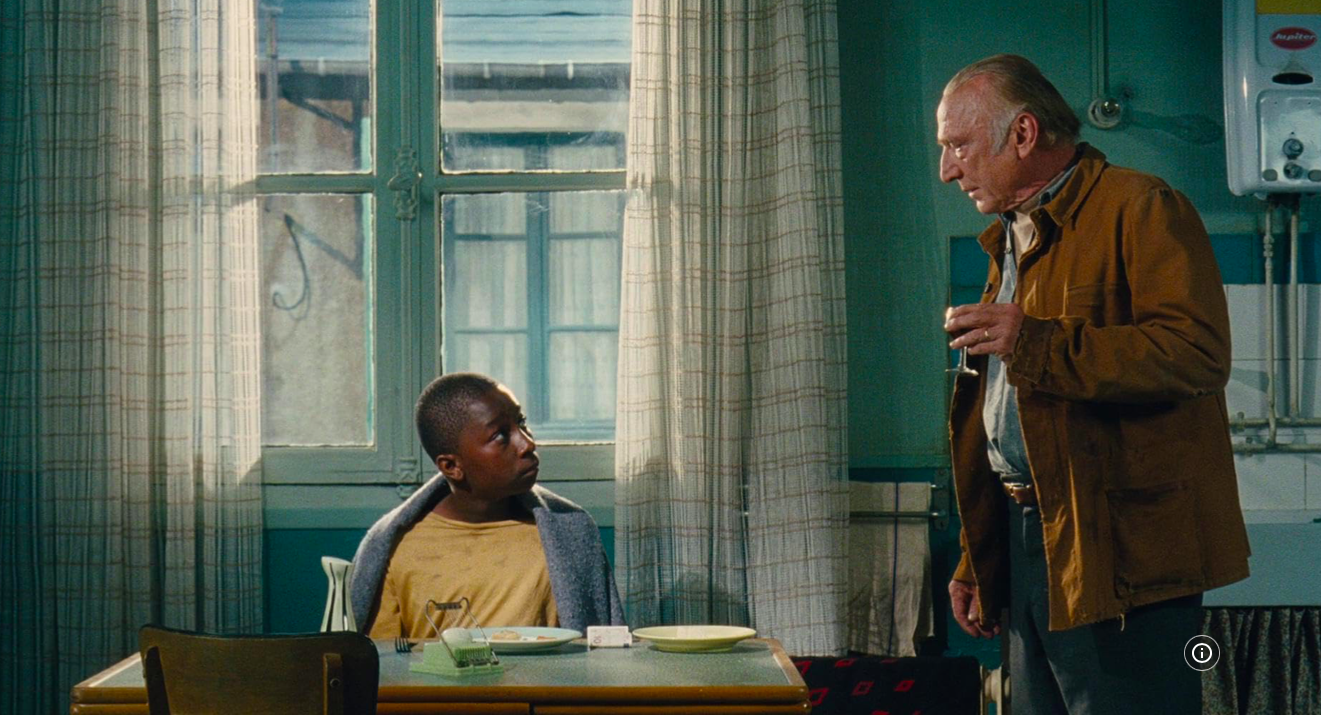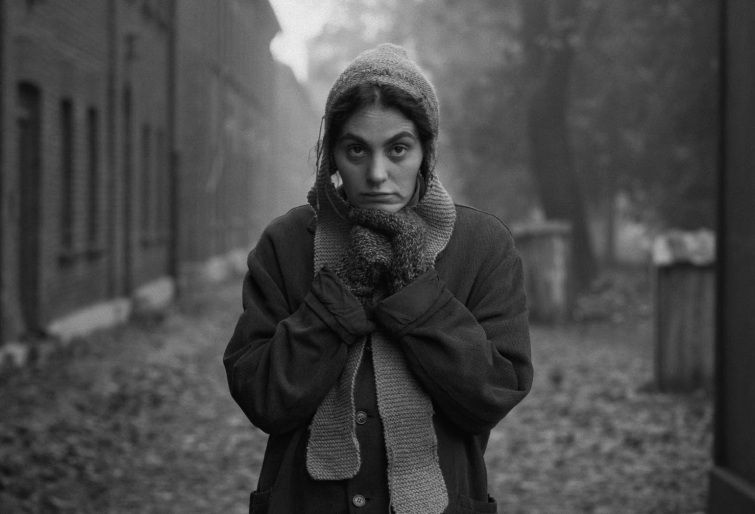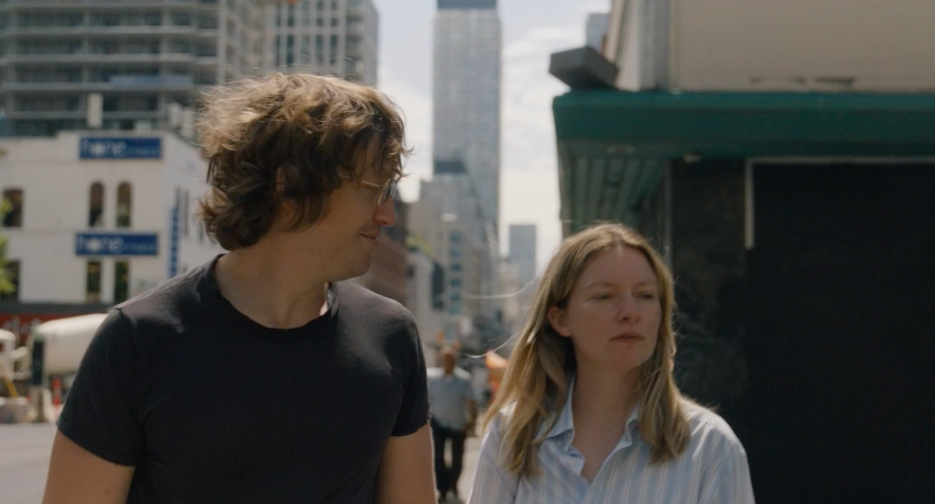OTC Rating : 4/5
Language: French
Country: Finland / France / Germany
Runtime: 93 minutes
Introduction
Aki Kaurismäki’s Le Havre is a quiet yet powerful film about kindness in a world that’s growing colder. Set in the French port city of Le Havre, the story follows a shoeshiner who takes in a young African refugee boy while avoiding immigration police. On the surface, it’s a simple tale of compassion. But underneath, it’s filled with warmth, resistance, and subtle political commentary.
Kaurismäki delivers this story with his signature deadpan humor, minimalist style, and retro aesthetic — creating a world where hope is radical and small acts of care matter deeply.
Story: A Modern Fairy Tale with Real-World Stakes
Le Havre tells the story of Marcel Marx, an aging shoeshiner who lives a modest life in the port town. One day, he meets Idrissa, a young refugee boy from Gabon who is hiding from the police. Marcel decides to help him, despite the risks, and the community slowly joins in this small act of rebellion.
Though the plot is simple, it touches on deep themes — immigration, solidarity, bureaucracy, and human decency. It feels like a fairy tale but one grounded in the harsh realities of today’s Europe. What makes it special is that it chooses to believe in people — not as heroes, but as ordinary folks who still care.
Direction: Aki Kaurismäki’s Unique Touch
Kaurismäki’s direction is precise, deliberate, and full of warmth. He tells the story in a quiet tone, without dramatic highs or lows. Every gesture and line feels intentional. His style is old-fashioned in the best way — using long takes, still frames, and simple blocking.
He gives space for silences and stillness, letting moments breathe. The film’s political themes are never forced; they’re present in the background, handled with empathy and restraint. Kaurismäki never shouts — but his message is clear.
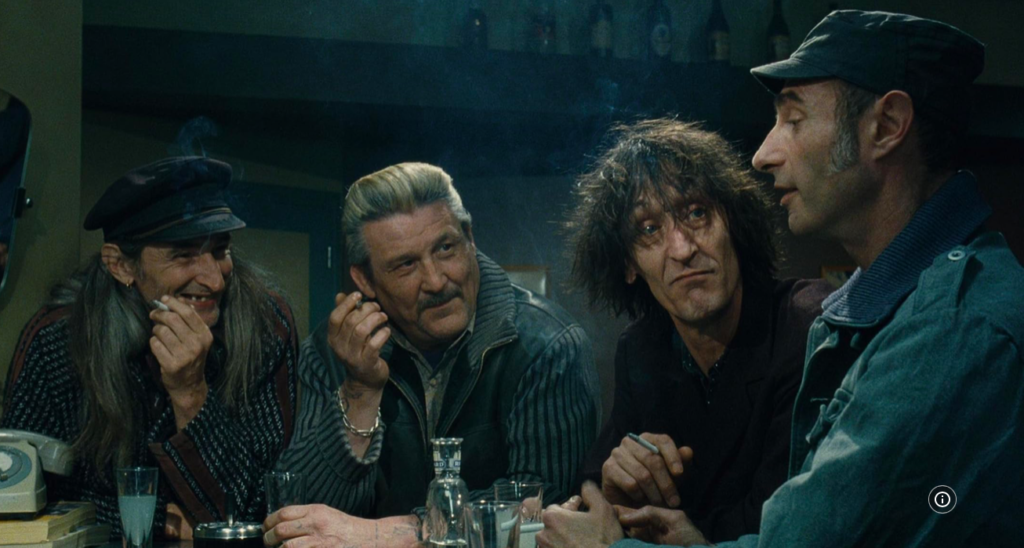
Image courtesy : IMDB
Performances: Understated Yet Deeply Moving
André Wilms as Marcel gives a wonderfully subtle performance. He says very little, but you feel his compassion, stubbornness, and quiet strength. His deadpan expressions are full of emotion without ever being melodramatic.
Blondin Miguel, as Idrissa, brings innocence and calm presence to the screen. The bond between the two characters feels believable and tender.
Supporting characters — especially the neighbors, shopkeepers, and police inspector — all add flavor with Kaurismäki’s trademark deadpan delivery. They feel like characters from a fable, each with their own rhythm.
Cinematography: Simple Frames with Big Feelings
The cinematography by Timo Salminen is composed and painterly. The film often uses static shots with bright, slightly faded colors that make the visuals feel timeless. There’s a balance between realism and stylization — interiors feel theatrical, while the streets of Le Havre are captured with a poetic touch.
The camera rarely moves, allowing the scenes to unfold naturally. Every shot feels like a carefully arranged painting. Lighting is soft, and shadows are used gently. This visual calmness helps highlight the film’s emotional core.
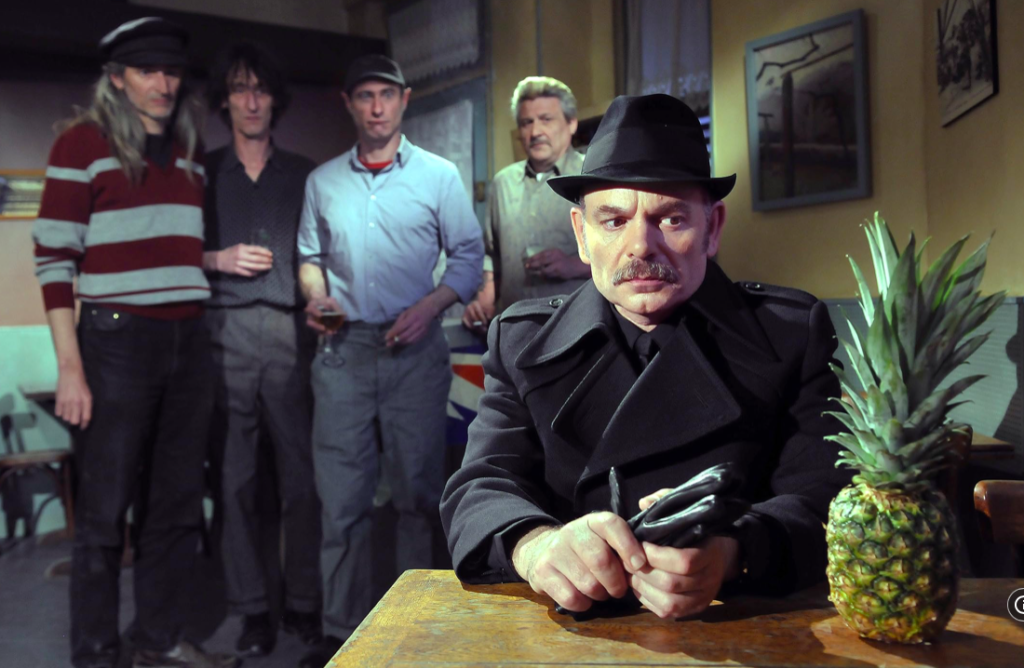
Image courtesy : IMDB
Production & Art Design: A Retro, Lived-In World
The film’s world feels like it’s from another time. The cars, the clothes, the small cafés — everything is styled with a vintage aesthetic. But it’s not nostalgia for fashion — it’s nostalgia for a world where people looked out for each other.
The sets are full of color and detail, from Marcel’s cozy home to the fish market stalls. There’s a theatrical, almost storybook quality to the production design, which makes the film feel timeless yet grounded.
Sound Design: Quiet and IntimateYour Attractive Heading
Le Havre uses sound with care. Ambient street noises — footsteps, bicycles, passing ships — are used to create a sense of place. There’s no excess. The sound design helps maintain the film’s slow, reflective tone.
Silence is also a tool here. Many scenes use quietness to build intimacy and allow emotion to rise naturally, without dramatic cues.
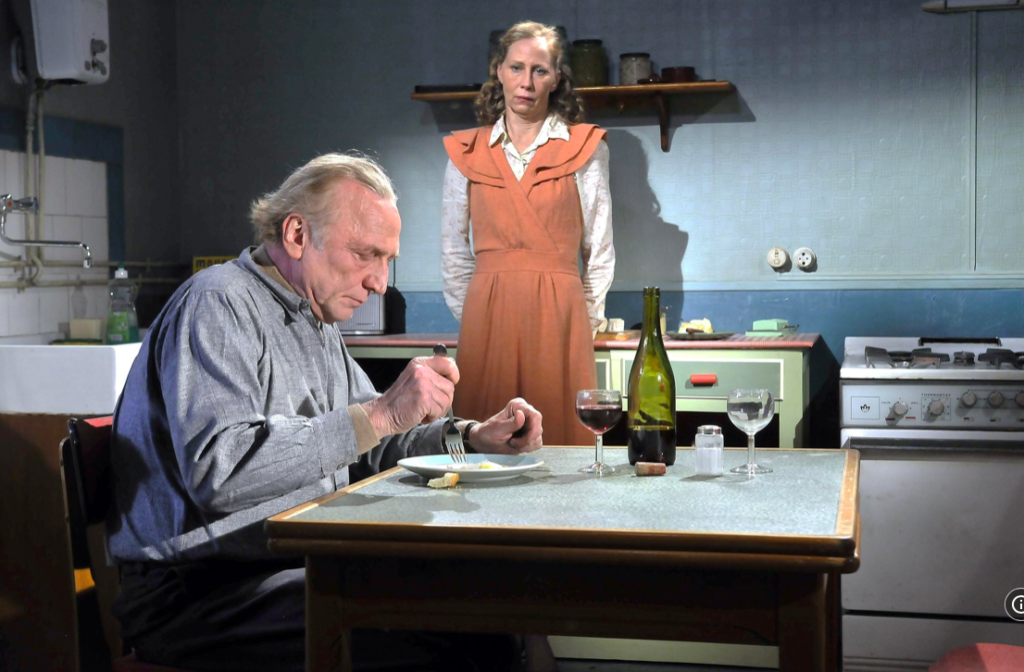
Image courtesy : IMDB
Music & BGM: Soulful, Sparse, and Perfectly Timed
The music in Le Havre is occasional but unforgettable. There’s a strong use of old French songs and live performances (including a scene where a character performs rock and roll). These musical moments are not background noise — they are character moments, adding emotional texture.
The background score, when present, is minimal and gentle — more atmospheric than emotional. It respects the film’s tone and supports it without ever overwhelming it.
Editing: Calm, Rhythmic, and Clear
The editing of Le Havre is slow-paced but very precise. There’s a rhythm to the way scenes move — no unnecessary cuts, no flashy transitions. Each scene feels complete, with a beginning, middle, and end.
The simplicity of the editing gives space for the actors’ performances and the quiet humor to shine. It also matches the tone of the story — one that resists the rush of modern life and finds meaning in stillness.
Final Thoughts
Le Havre is a gentle, humanist film that believes in solidarity over cynicism. It’s a deeply political story told with warmth, humor, and immense tenderness. Every technical element — from cinematography to sound to performance — works together in quiet harmony to deliver something rare in today’s cinema: a story that gives hope.
Kaurismäki reminds us that kindness is an act of rebellion. And that sometimes, helping one person is more powerful than making a big speech.
Why You Should Watch It:
- A heartwarming story about compassion and resistance
- A visually beautiful and timeless cinematic style
- Strong performances with deadpan humor and emotion
- Thoughtful commentary on immigration and dignity
- A unique film experience that soothes and provokes at the same time

